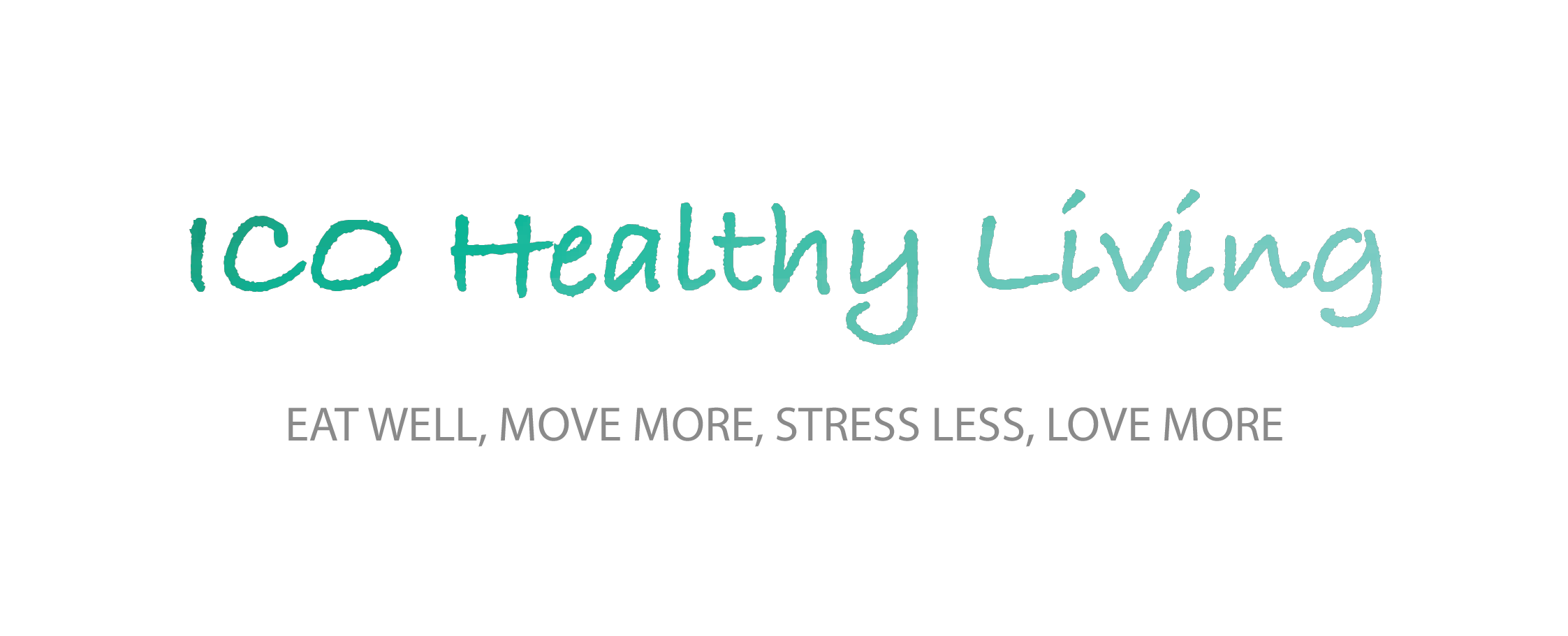Mold toxicity: The silent killer among us
During my FM studies I learned about mold, mycotoxins & what it can do to your health. But not in a millions years would I have thought its the silent killer in our house. Since my studies was from the US, it was obviously all information based on the living conditions in the US. It repeatedly mentioned water damaged buildings, I have never seen water damage in our house. Needless to say the culprit was stuck in our ACs. (And yes like most people here, we do get our Acs “cleaned” regularly).
I blame it on lack of knowledge, but also lack of service. How are we suppose to know about AC radiators, coils, dripping pans etc. How to check for mold in these part & getting it cleaned. Putting our trust in companies that’s suppose to inform us, but never did.
The past few weeks I had my nose back into my books, just realizing more and more that I have after months of searching found the root cause of my family’s health problems. As my dietary & supplemental protocols just didn’t seem to work.
Mold & mold toxicity is a very complex subject. Today, my blog post is not about the kind that grows on food, but rather the biotoxic black mold that grows behind walls, floor boards & in our ACs. Causing havoc on the human body.
So what is mold?
Mold is a fungus that grows in the form of multicellular filaments. Mold has a purpose on earth, to recycle & decompose. We need mold, mold transforms plant debris into nutrients for new plant growth. Mold is useful – outside, not inside. Once it gets inside, like our ACs, mold gets out of control. If allowed, it will take over your building, your belongings & your body.
Mold toxicity is not new. Even in the Bible in Leviticus 44 it is already mentioned. It has been known for decades that mold toxicity can be a significant problem, yet relatively few studies have been published on this topic, especially on humans. Many conventional doctors even don’t acknowledge the serious effect it can have on us.
Mold is a silent killer, triggering a host of health problems.
So mold make toxins called mycotoxins. Indoor mold emit many toxic gases, but mycotoxins are the most dangerous. Mycotoxins is the most poisonous aspect of mold with no detectable odor. Mold mycotoxins pollute the air. As you breathe, you take on mycotoxins. Mycotoxins enters our body if we inhale the spores into our lungs, absorb the toxins through our skin with direct touch, or ingesting through contaminated foods. But expert consensus is that inhaled spores are the primary source of mold toxicity for the vast majority of patients. Mycotoxins are 50 times smaller than spores.
While volatile organic compounds are the chemicals pumped out of mold which has an odor.
Studies have found that inhaled mycotoxins are 20 times more toxic than ingestion, even the non-pathogenic strains. With over 20 types of mold species with over 300 mycotoxin strains. The danger is mainly the mycotoxins that we can’t see.
How does mold affect us?
Mold toxicity is often misdiagnosed, and mold is often the last thing to look for when people have health issues. But living in an idea environment (hot, humid, dark) it should be one of the first things to investigate.
Mycotoxins enters our body which can alter the entire functionality of the body including the immune system, endocrine system, dermal system, respiratory tract & nervous system. Mycotoxins are immune suppressors & nervous system inhibitors. So when your body is weakened by mold exposure it opens the door to opportunistic pathogens like: candida, parasites, heavy metals, etc.
Even in one family people can have different signs & symptoms of mold exposure. Women and children are often to show first signs before men. There is NO single symptom to confirm mold sickness, but rather a string of “common” signs & symptoms. And that is why mold sickness is most often overlooked. As the signs & symptoms are very common to other health related issues.
Signs & symptoms include:
Runny nose, post-nasal drip, bleeding nose
Asthma & allergies
Gut issues like gas, bloating, diarrhea, constipation
Autoimmune conditions & low immune system
Unexplained weight gain, or struggling to loose weight
Fatigue, lack of energy
Mood swings, anxiety & depression
Skin issues like rash, hives, psoriasis
Detoxification issues
Recurrent yeast infections
Hormonal imbalances (PMS, infertility, PCOS)
Unexplained high LDL-cholesterol levels (my husband’s issue - and yes there are studies to confirm it)
The list is endless basically
However one thing I didn’t know (till recently) is that if you have the HLA-DR/DQ gene it makes you more susceptible to mold illness. And up to 25% of the population does have this gene. So it is worth checking.
So what to do if you suspect mold toxicity or that your health issues are related to mold exposure? What is our plan forward?
We can’t leave our environment, but we did remediate it. Got all the mold cleaned out, got in specific air filters to clean the air from mycotoxins. I also included specific essential oils in my diffusers to support the environment in cleaning it up. The kids got tested, and yes fungal markers are high.
Diet has been changed again, I added in some anti-fungal support, increase detoxification support & included natural binders to get the mold out from our bodies.
In a nutshell
Mold toxicity is very real, however severely underestimated, especially by conventional medicine. Seeing clients know I start off by asking about their AC’s condition and to get that checked.
Yes you can heal, its a journey & takes time. Remove yourself from your house, office or school and if not possible remediate. Get tested. Work with someone that acknowledge mold toxicity and can help you on the road to recovery.


